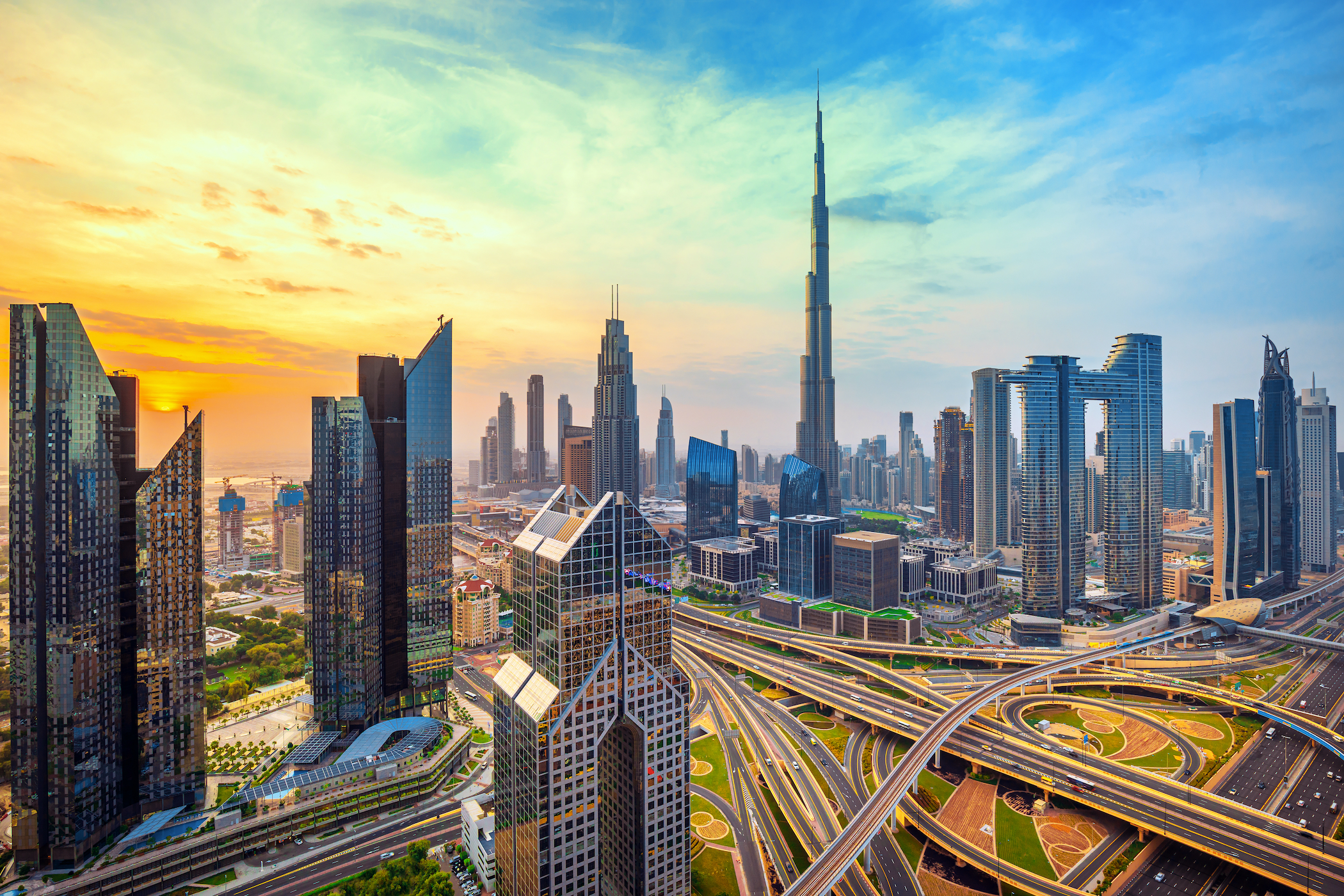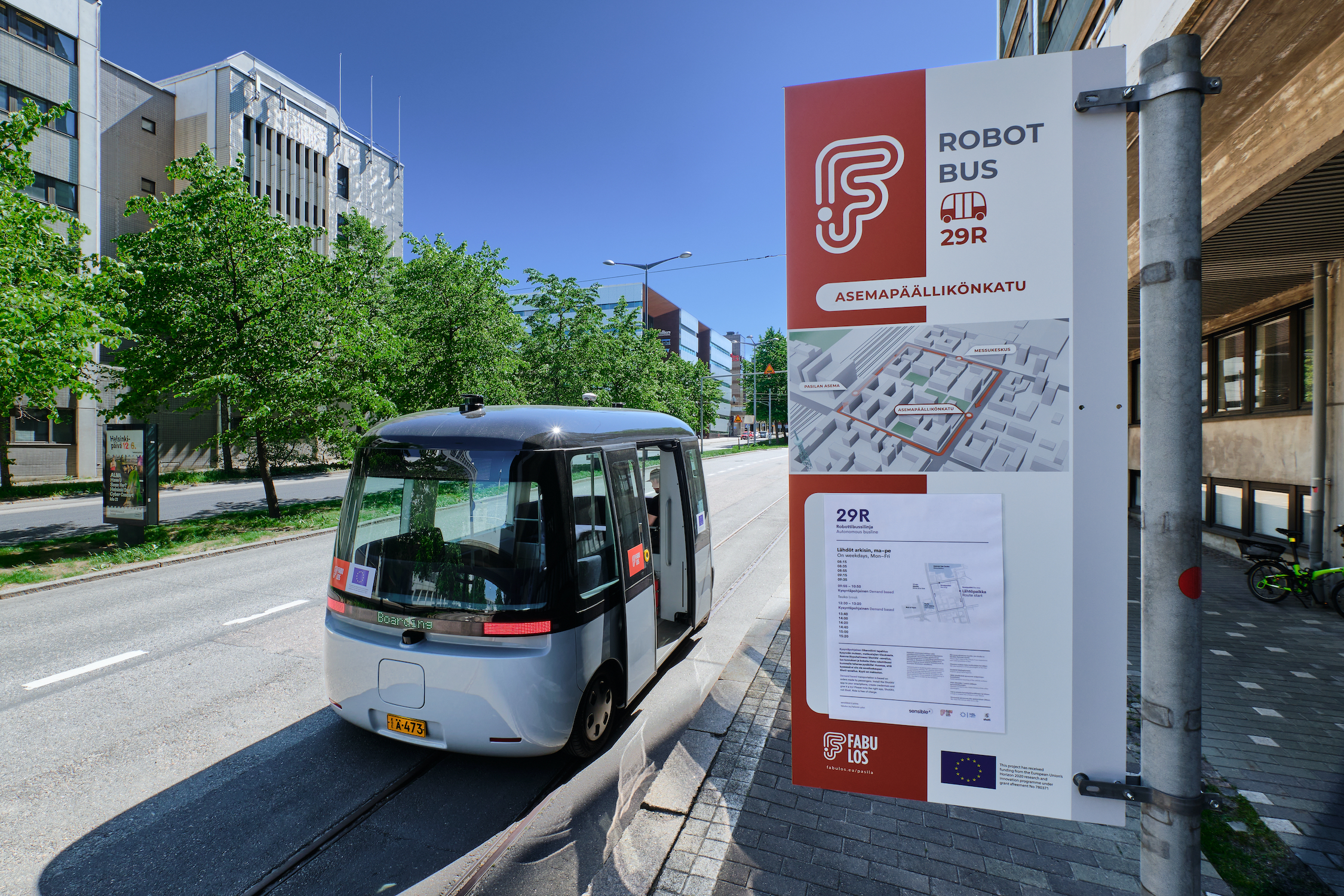Innovation in cities is about survival. In the end, unless a city can adapt to the pressures and opportunities of whatever is the contemporary world, at whatever point in time in history, they are destined to fossilise. There have been many cities that have come and gone and reached a sort of peak, but have not been able to respond in the way that I’m suggesting. So, for me, innovative cities are the ones that are able to be ahead of the game in terms of actually offering opportunities to new lifestyles and new technologies. Therefore, the question of resilience really comes into that.
Shaping sustainable cities
Professor of Urban Studies
- Innovation in cities is about survival. In the end, unless a city can adapt to the pressures and opportunities of whatever is the contemporary world, at whatever point in time in history, they are destined to fossilise.
- Part of city innovation includes investing in infrastructure to make it more accessible, both physically, such as with public transportation, and monetarily, such as with offering public or discounted housing.
- The key answer to the question of sustainable public transport is the compact city: making a city denser so that people live closer to one another and don’t have to travel as much. It’s the city which promotes proximity that is the solution.
- Making a city “smart” may include implementing the latest technology and services, but it more importantly addresses physical, social and economic issues through intelligent design and leadership.
Cities ahead of the game

Photo by Rasto SK
Freshness and new thinking
Now, I think one can’t talk about how cities innovate without talking about how they’re governed because things don’t just happen. Yes, cities are full of entrepreneurs, people with great ideas of how to bring about change, but you also have to have an infrastructure whereby, for example, you attract exactly that sort of young person, entrepreneurial spirit, which might bring to a particular environment the freshness and new thinking of ideas that you would otherwise not have.
One great example of this is the city of Barcelona. Interestingly, Barcelona is a city that at many levels hits the wrong buttons in terms of aging population because of the great food and environmental conditions next to the Mediterranean Sea. Some people live very long, and a lot of Catalonians, Barcelonans, over the last 30, 40 years – particularly in the post-Franco era – left: they had access to other cities in Europe and emigrated there for some time.
So, in the 1980s and 1990s, Barcelona had to respond, and what it did was to take one of its dying industrial areas, which could no longer support brickmaking or other industrial uses in, more or less, the heart of the city, and literally rewired it. In other words, it put very advanced cables underground and allowed new companies to build offices, which took advantage of these new technologies and good connectivity.
No innovation without investment in infrastructure
It’s also about rebalancing the economics of the city, making it more affordable. Therefore, social housing or affordable housing becomes very much part of the situation. You can’t innovate without investing at all levels in public infrastructure: in modes of transport, in getting to work by cycling and in promoting uses of sustainable green transport. So, innovation in cities is absolutely something that they can do, and one fundamental thing is to learn from one another. What can Barcelona learn from Singapore, for example? What can London learn from Stockholm? What can Paris learn from Portland? Singapore is a city that only 40, 50 years ago invented itself into one of the best-performing efficient urban models anywhere in the world.
Discounted public housing

Photo by Tham Ying Kit
What is interesting in Singapore, apart from being at the cutting edge of traffic control – they were the first city to ever introduce paying for cars in the city centre through a congestion charge – is they also have this extraordinary policy to provide housing for many people at different levels of the market, professional classes or not, and giving them at a discount. That basically means that something like 80% of the population of Singapore live in what we would call, elsewhere, public housing.
On the other side of the world, in Vienna, you also have an incredibly mature way in which younger people are allowed to find it still affordable to live in the city, because so much of the housing stock is provided by the mayor of Vienna and the housing departments there. So, innovation requires a degree of ability to change and to have the vision as an urban leader to know where to go next – not to accept that just because you used to be the car manufacturing city of Germany, you’ve got to remain that for the rest of the century, but actually adapt to new circumstances. And governance is central to that.
A compact city is the key
When one talks about public transport in the city and making designing a city to be more sustainable, one tends to focus just on what is the form of transport. In other words, to get to my place of work or study or elsewhere, do I have to get into a car and travel two hours? Of course, it’s very closely related to the physical form of the city.
If you live in Los Angeles, you have no option but to get into a private car and drive for, on average, an hour and a half to two hours a day. In São Paolo or Mexico City, commuting times are something like four hours a day to get from the periphery to your place of work and back. Therefore, the key answer to the question of sustainable public transport is the compact city: making a city denser so that people live closer to one another and don’t have to travel as much. It’s the city which promotes proximity that is the solution. Once you have a tighter city where you don’t have to travel 30 miles to get from one end to the other to go shopping, to go to study, to go to work and to go and entertain yourselves, you begin to have the bones of a sustainable city, of which the European city must be one of the successful models. Of course, Seoul, Hong Kong and Singapore are 20th century, 21st century versions of that successful, dense, compact and well-connected city.
Integrating public transport
When it comes to what forms of transport can operate more efficiently in this, the bus rapid transit system, BRT, as it’s called, is an example; cities like Bogotá, Curitiba, in Brazil and Johannesburg in South Africa have all begun to use these more collective forms of public transport, which not only replace the car but make it much quicker to get to work.
Let’s not forget that in my city, London, beyond the COVID crisis, something like 90% of people use public transport to get to work in the city of London, and this is the richest part of the UK economy. Many people are not only wealthy, they’re millionaires or even billionaires – but the most efficient way of getting there is via public transport. You can’t park a car there. The same, of course, applies to New York City and Hong Kong. Underground or overground trains connected to very efficient surface connections, such as walkable streets or cycle lanes, and integrating the more metropolitan-type transport, like the bus rapid transport, underground system or rail, at a suburban regional level – with well-designed and highly desirable spaces where you want to walk the last mile because it’s pleasant – is where I see the solution of an integrated transport system.
The smarter city

Photo by Karavanov_Lev
The smart city was effectively invented by one of the big companies as a way of selling its services and technologies to make traffic flow more efficiently and to make the lighting system less ineffective and inefficient than older systems. However, behind the smart city concept, and this is a critical view from me, lies the notion that technology can solve everything.
Cities are far more complex, far more fragile mechanisms that need an understanding of the physical form, the social structure, the economic dimension and also this much more difficult to determine notion of urban culture. Technology can go so far. I think the smart city is certainly a city that recognises that sensors can help alleviate traffic, but by far the smarter city is not one that has state-of-the-art traffic sensors but one that actually has less traffic. That requires a much more comprehensive design, which doesn’t necessarily enter the smart city narrative as it is today.
There’s a big debate in India, for example, where the current leadership of the country wants to turn many of its cities – and many of its cities have millions of people – into smart cities and they want to do it overnight. They talk about leapfrogging the sort of process of economic development by introducing smart cities. You could have a scenario where the next generation of Delhis or Mumbais have fantastically efficient metres that control traffic lights – but if 30%, 40%, 50% of the population doesn’t have clean water and sanitation, I would not call that a smart city. Smartness requires a more complex and more nuanced understanding of this layering, with a physical, social science and even a cultural reading with, technology certainly being part of that. However, I don’t see the smart city solution dealing with the major environmental and social challenges of cities in the 21st century.
Discover more about
Cities adapting for the future
Sallis, J. F., Bull, F., Burdett, R., Frank, L. D., et al. (2016). Use of science to guide city planning policy and practice: how to achieve healthy and sustainable future cities. The Lancet, 388(10062), 2936–2947.
Burdett, R., Rode, P., Shankar, P., & Vahidy, S. (2014). Governing Urban Futures (Urban Age Governing Urban Futures Conference, Delhi, India, 14–15 November 2014). LSE Cities, London School of Economics and Political Science.